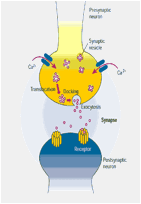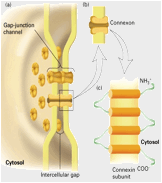Modeling Cardiac Memory
Memory in the nervous system is essentially a network effect, resulting from activity-dependent synaptic modification in a network of neurons. Like the nervous system, the heart is a network of cardiac cells electrically coupled by gap junctions. We suggest that the adaptive dynamic of cardiac gap junctions is responsible for the intriguing phenomenon of cardiac memory.

- S.Chakravarthy and J.Ghosh. On Hebbian-like Adaptation in Heart Muscle: A proposal for “Cardiac Memory”. Biological Cybernetics, 76(3), April, 1997, pp 207-215
- Krishnan J, Chakravarthy V.S. and Radhakrishnan S, “ On the Role of Gap junctions in cardiac Memory Effect”, Accepted for oral presentation and Finalist for Rosanna Degani Young Investigator Award at 32nd Annual International Conference on Computers in Cardiology, Lyon, France, 25 –28, September, 2005
- J. Krishnan, G. Sachdeva, V S Chakravarthy, Interpreting voltage-sensitivity of Gap Junctions as a mechanism of Cardiac Memory, Mathematical Biosciences, vo. 212, pp. 132-148, 2008.
- Sachdeva G, Kalyanasundaram K, Krishnan J, Chakravarthy VS. Bistable dynamics of cardiac cell models coupled by dynamic gap junctions linked to Cardiac Memory. Biol Cybern. 2010 Feb;102(2):109-21

